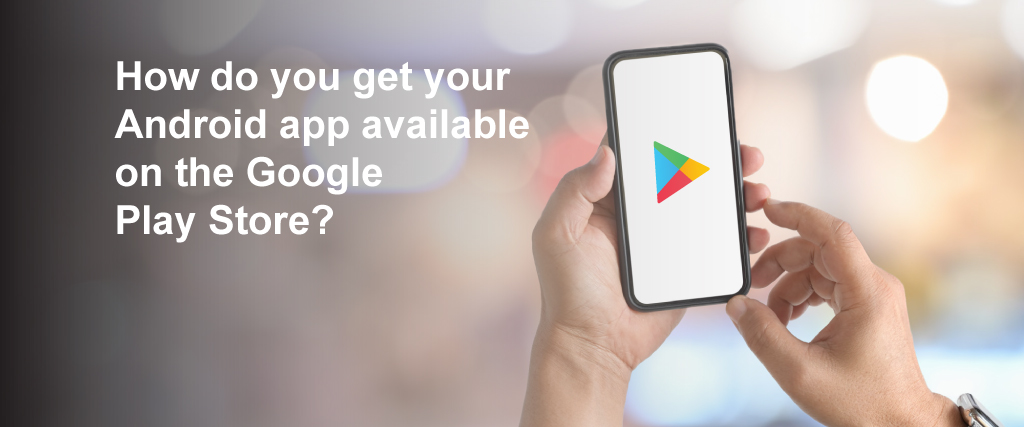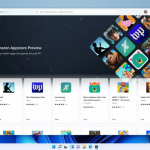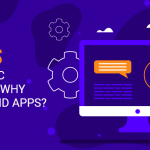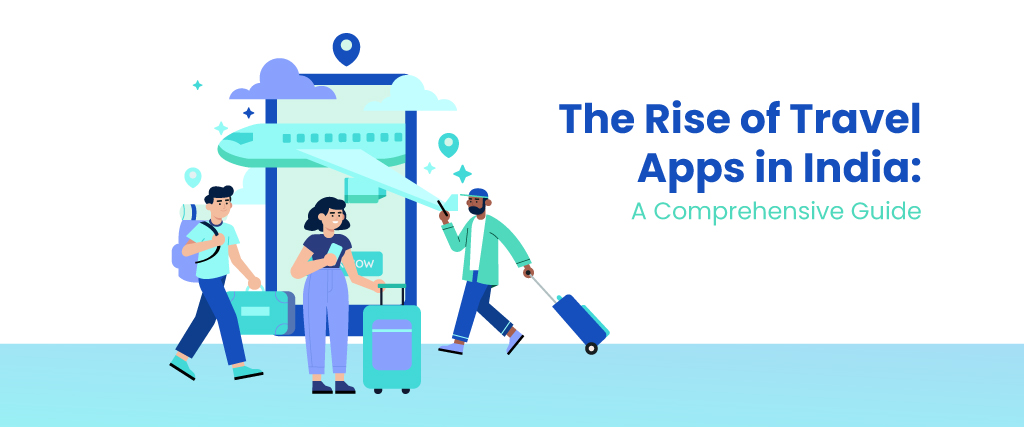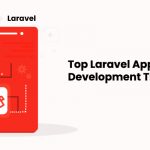Publish an app to Google Play Store: After you’ve spent a significant amount of time building an Android app, the next step is to publish it on the Google Play Store.
Android has over one billion active users at the moment.
Launching your software on the Google Play Store will allow you to reach a potential audience quickly.
According to the following figures, the number of available apps in the Google Play Store has progressively increased from December 2009 to June 2018:
With so many applications accessible in the Play Store, creating an Android app might be advantageous to your company.
If you’re new to app development or this is your first time releasing an app on the Google Play Store, here are some helpful pointers:
Publish an app to Google Play Store – Sign up for a Google Play Console developer account
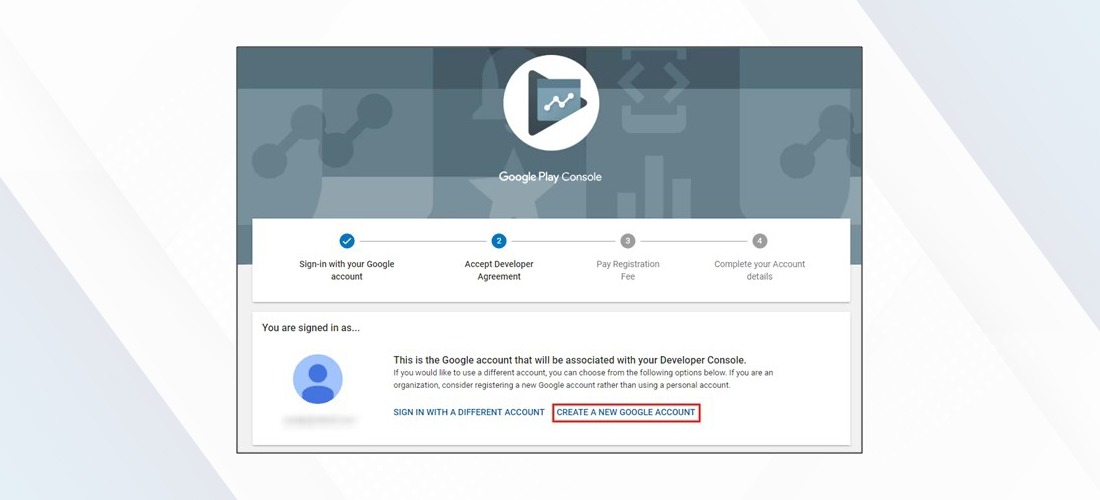
To launch an app, you must first establish and activate a Google Play Developer Console account.
Fill up the account’s essential details after selecting a Developer name that best represents your organization on Google Store.
In about two days, Google will confirm and register your account.
Register for a merchant account
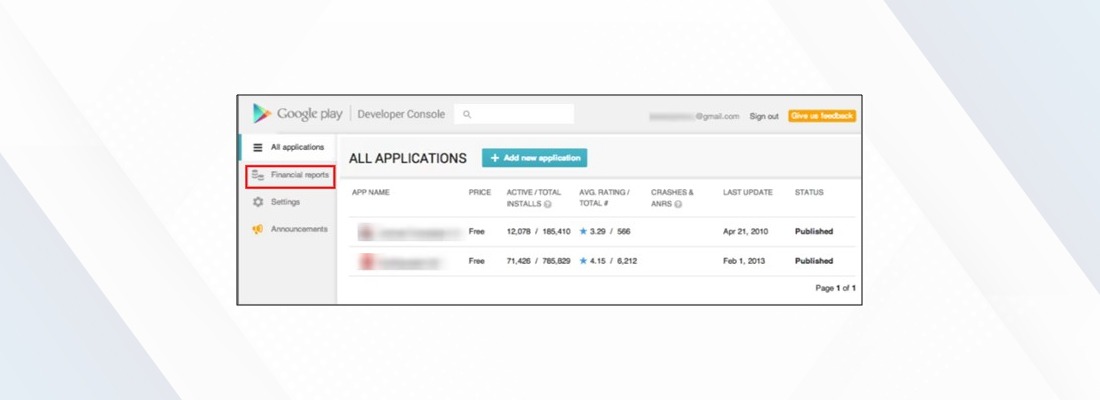
If your app is paid or has a subscription feature, you’ll need to connect your developer account and Google Payments Merchant Center accounts.
It’s utilized for tax and financial purposes and the sale’s monthly payment. Follow the following steps to create a Google Pay Merchant account:
● Create an account using the Google Play Developer Console.
● Go to the Financial Reports section.
● Create an account for payment.
Put your app on the market
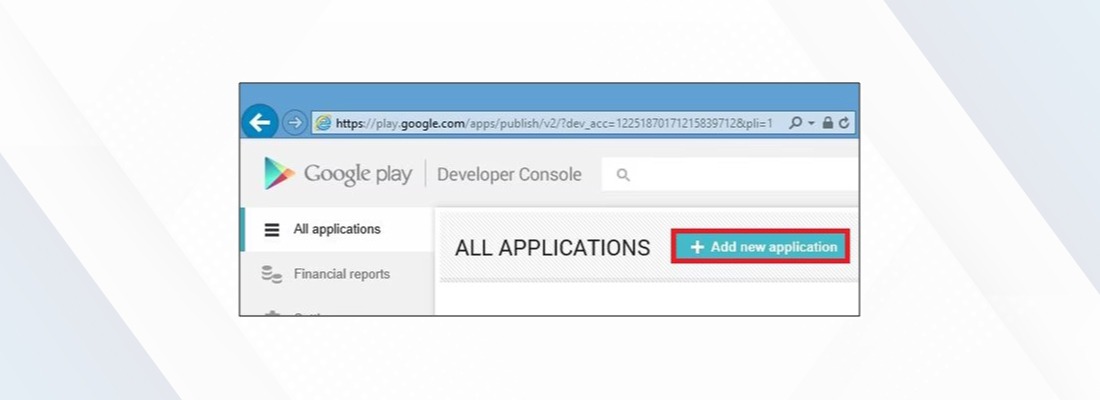
With the Add new application option, you may upload your Android app.
Enter your app’s title and default language. After filling out the form, click the upload APK button to be sent to your app’s site.
Uploading an app to the Google Play Store takes time.
The size of your app determines the upload time; meanwhile, the app remains in drafts.
App testing (alpha and beta)
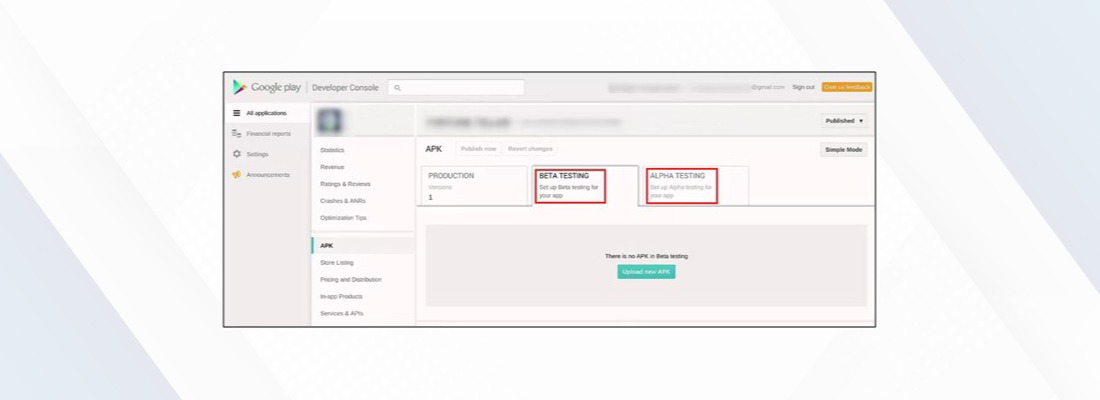
It is vital to thoroughly test your programme before releasing it.
It’s better to get feedback on your app from a representative sample of people.
You may get the app from Google Play right now.
In the Developer Console’s APK, there are choices for Alpha Testing and Beta Testing.
You’ll get a few URLs after submitting your app’s APK file, which you may share with the testers.
By clicking on these links, users may download the app and leave reviews and comments.
You may enhance your app and optimize it for better performance as a consequence of the comments.
Fill in the information of the store listing
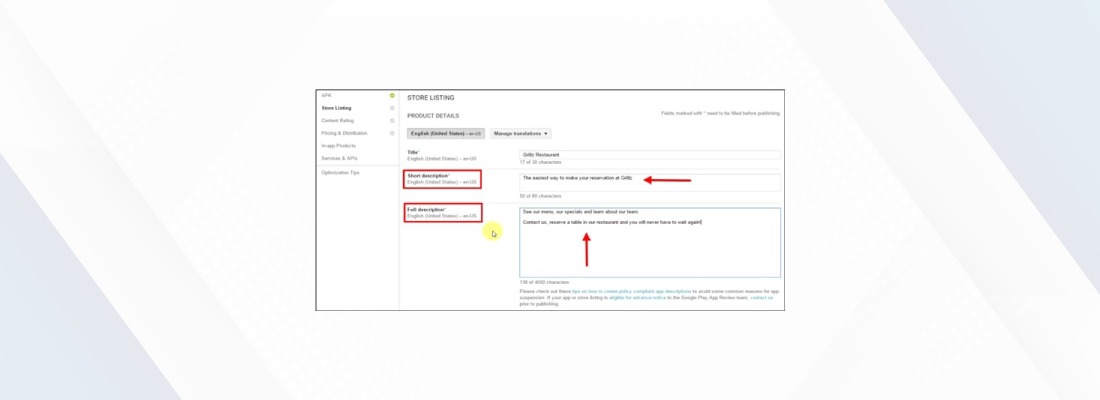
When it comes to attracting Android users, your app page is crucial.
Keep the information to a minimum and as precise as possible.
Go to the store listing page once you’ve submitted the APK file and fill in the following information about your app:
● Complete description ( up to 4000 characters)
● a summary ( up to 12 to 80 characters)
● Snapshots of the app
● Promotional video
You may also provide contact information, category, and more information.
These shop listing data may be changed at any time.
Include price and distribution information
Now it’s time to talk about price and distribution
● Choose whether your app will be available for free or for a fee.
● Choose the nations you want to target.
● Check the boxes to make sure your software complies with the content guidelines.
● Save the date and go on to the next stage.
A few other choices aren’t required when launching the app but will help you avoid receiving unfavorable comments.
You may also manually filter out devices that aren’t compatible.
So, utilize these choices to keep any negative thoughts at bay and remain top of your game.
What to do when you’ve published an app on Google Play
You can’t simply sit back and rest after releasing your app.
To get the most out of your Android app, advertise it to get a lot of downloads from all around the world.
Here are a few suggestions for promoting your software.
Use social media to your advantage
The most incredible way to increase the popularity of your app is to use social networking.
You may utilize Instagram, LinkedIn, Facebook, Pinterest, and other social media channels to provide helpful information about your app and raise brand recognition.
As a result, you’ll be able to increase traffic to your app store page and your app’s installation rate.
Begin writing the press release – Publish an app to Google Play Store
A press release is an effective technique to advertise your software and bring it to the public’s attention.
Various magazines will cover the debut of your app, giving your worldwide business visibility and helping you form genuine connections with your consumers.
For years, a press release outlining the ins and outs of your application has been regarded as an excellent marketing technique.
It’s a terrific way to demonstrate to people what your software can do for them and how it can benefit them.
Optimize your app’s landing page
Software Store Optimization (ASO) is a strategy for ensuring that prospective consumers can discover your app on Google and that organic traffic is sent to your app store page.
Incorporate essential keywords into the title and description of your app store page to start optimizing it.
Adding high-quality, optimized photos and videos to your app store page may also help you convert impressions into downloads.
Make careful not to use your rivals’ names or the phrase “app” in your description.
Conclusion
The success of your app is directly related to the quality of your Google App page.
With the information shown above, it is evident that publishing an app on the Google Play Store is a straightforward procedure that takes just a few minutes.
So, go ahead and publish your app on Google Play Store and get the rewards.
If Google authorities rejected your app, we’ve got you covered.
A few possible causes for Google leaving your app are explained below and appropriate fixes.
Read More: FACTORS INFLUENCING THE COST OF MOBILE APP DEVELOPMENT


